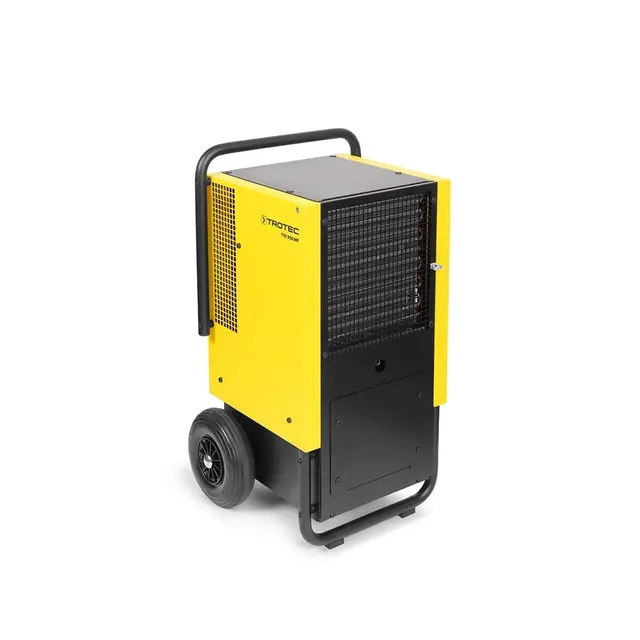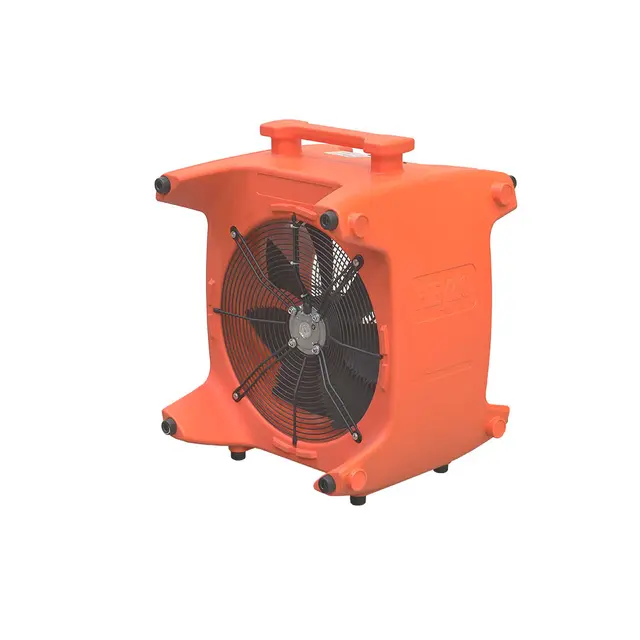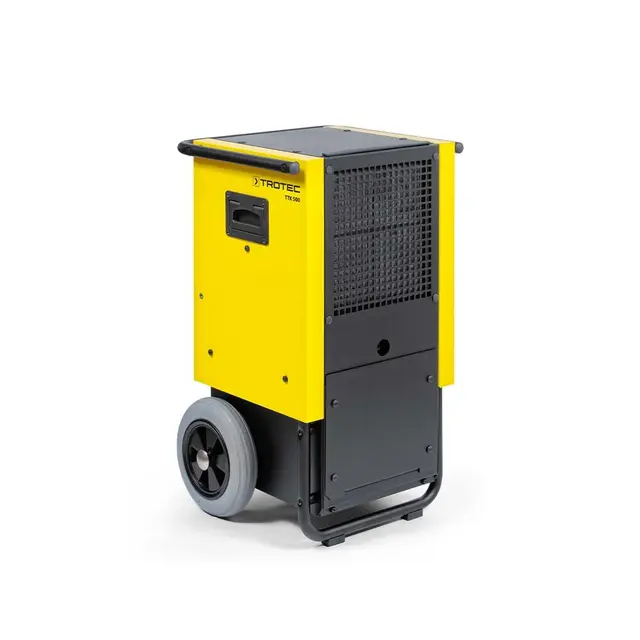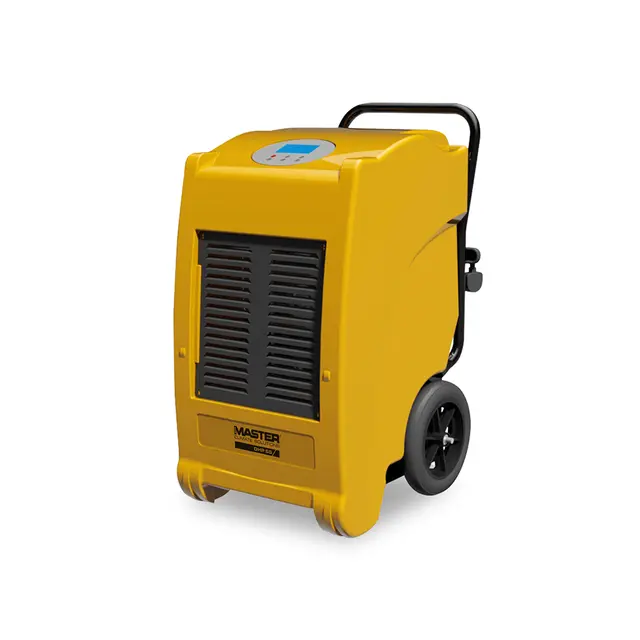Why proper dehumidification of new buildings is so important
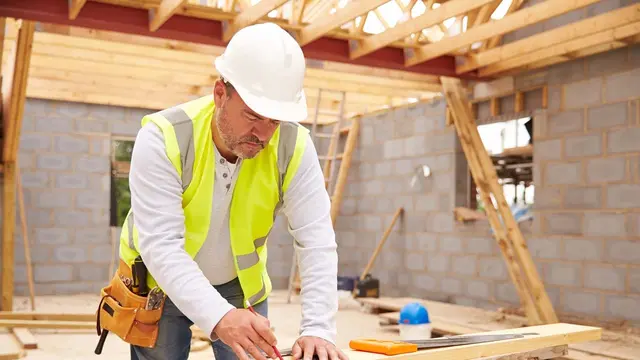
- Home
- Insights
- Humidity control and drying insights
- Why proper dehumidification of new buildings is so important
Building drying equipment is an everyday tool on a construction sites. New buildings are usually dried when there is a threat of delay. Short construction times and airtight construction methods often prevent timely drying in a natural way. Apart from accelerating construction, building drying also serves to eliminate and prevent damage.
Professional building drying
During the construction phase, a lot of moisture is generated. In a living area of 120m², there is about 1,500 litres of excess water at the end of the construction period. Painters, drywallers, carpenters, tilers and floor layers are often faced with serious moisture problems and, above all, deadline problems. The solution: technical drying.
Three factors have an important influence on the success of a drying measure – temperature, humidity and air flow. Warm material naturally has a higher evaporation rate than cold material. In addition, warm air can absorb considerably more water vapour and carry it to the drying unit than cold air. The transfer of water vapour from the material to the room air is significantly improved by air flow.
Operating drying units at temperatures below 15°C and without the support of fans is highly inefficient. In the case of strong partial moisture penetration, targeted airflow to the component by fans or heating by means of infrared heat plates leads to faster drying. Especially with very wet aerated concrete, only the noiseless heating plates deliver convincing results. However, caution is advised on tiled walls. Here, the heat can cause the tiles to loosen.
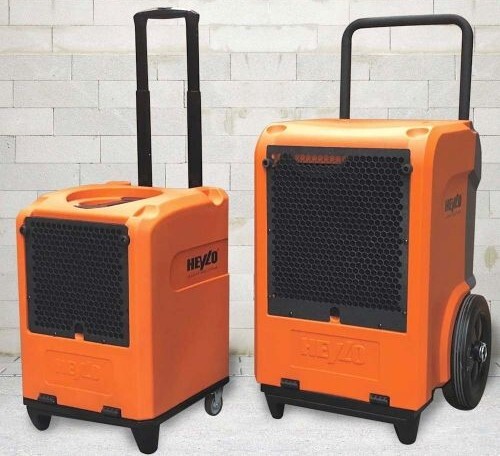
Dantherm Group has powerful building dryers, fans and moisture measurement technology in its portfolio. The KT series construction dryers, for example, set standards in drying new buildings. The efficient refrigeration system ensures superior drying performance in a compact design. A maximum dehumidification capacity of 22 to 70 litres per day is a convincing argument. For unattended operation, a condensate feed pump is connected to the KT 20. Together with the powerful FD 4000 fan (4,141m³/h), the drying process is shortened by up to 50%. And with the faster drying process, the construction time is also shortened and you save money. And who doesn't want to save money quickly and easily?
Contact our team using the form below.
Related products
Featured insights
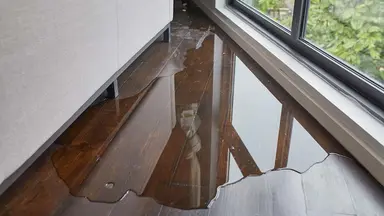
An in-depth look into how to dry out water damage.
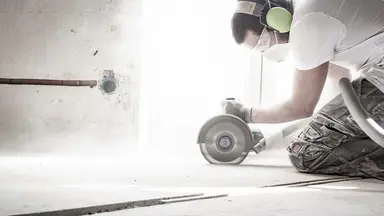
Creating healthy, clean air on construction sites.
Need help with choosing the right solution? Our team of over 100 climate control experts can assist.
You can also reach out or join the discussion on our Social Media. Check out our LinkedIn page.
